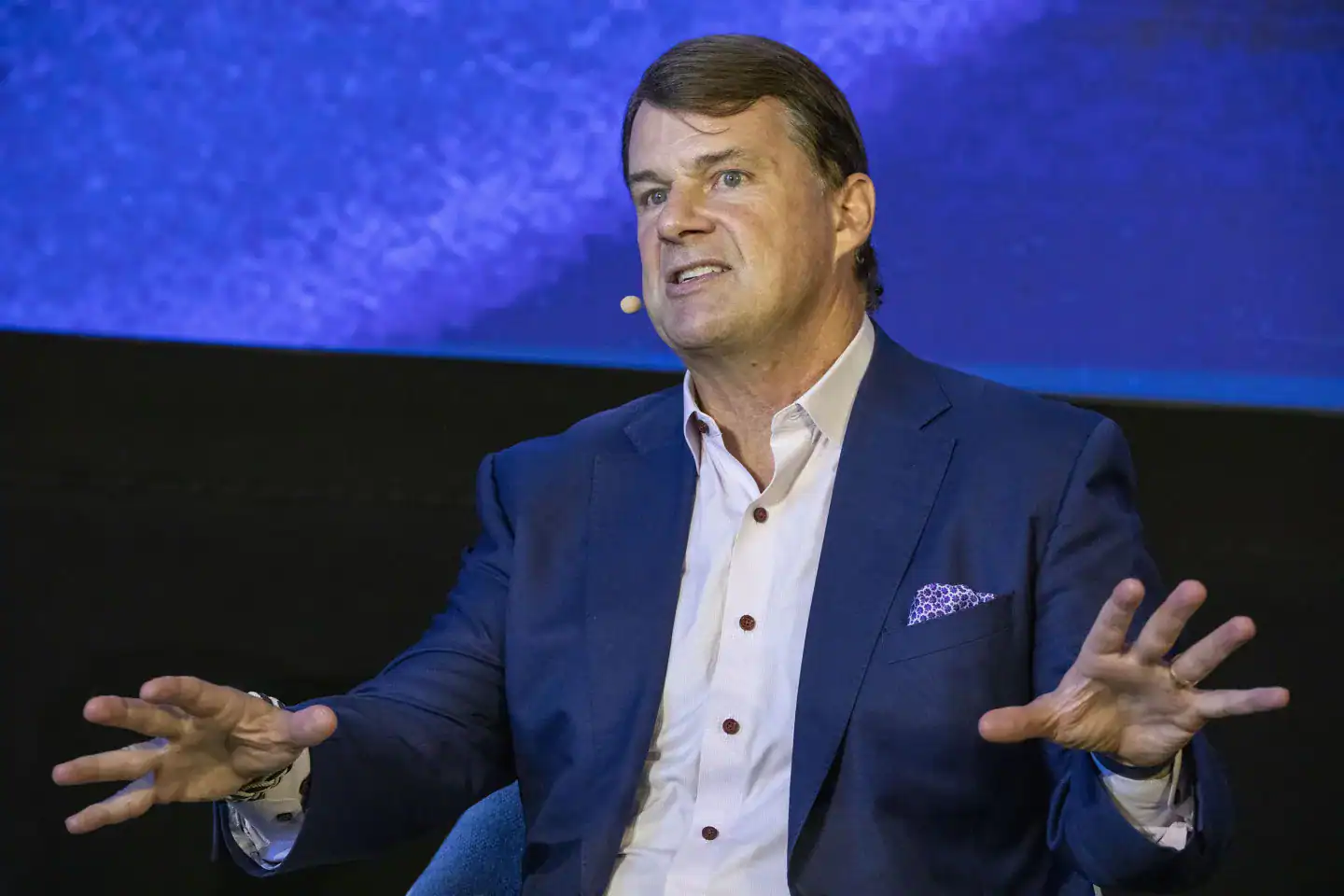It turns out the Tesla teardowns and teardowns of Chinese electric vehicles were confessions of objective truths—to know them—and an expression of one of the most dramatic strategic pivots in Ford’s modern history.
On a recent episode of The Office Hours: Business Edition podcast, Jim Farley explained how that exercise became a wake-up call. “When we took apart the first Tesla Model 3 and then the Chinese EVs, I was very humbled,” he said. “What we found was shocking in a lot of ways.”
The Eye-Opening Discovery
Ford’s own engineers found that its Mustang Mach-E had almost 1 mile, or 1.6 kilometers, more wiring than Tesla’s Model 3. That extra length was no mere trifle — it made sense to avoid unnecessary weight, to make the battery larger, and to reduce language production costs. Chinese EVs, meanwhile, showed a degree of design simplicity and integration that made Ford’s architecture look outdated.
These discoveries made one thing perfectly clear: the electric future would not be kind to complexity. It required efficiency, innovation, and speed — features that both Tesla and China’s fast-moving automakers had already embraced.
A Turning Point for Ford
The teardown findings led Jim Farley to make a dramatic move in 2022—dividing Ford’s EV businesses into their own division, Model e, to help streamline development and speed innovation, even though it would eventually entail heavy financial costs. Model e posted a loss of over $5 billion in 2024, and the pressure is expected to carry over into 2025.
Still, Jim Farley remains unfazed. “You need to take on the hardest problems fast — and sometimes publicly doing so — because that is how you will solve them the fastest,” he said. And that is what he sees as the path to navigating Ford through this transitional storm: transparency and accountability.
The Chinese EV Challenge
Jim Farley has long railed against the ascendance of Chinese electric automakers, whom he’s described as an “existential threat” for Western brands. He frequently heralds the rapid pace and efficiency of innovation at companies such as BYD and Xiaomi. China’s EV industry now accounts for about half of all new car sales in the country — versus just 10% or so in the U.S.
Indeed, Jim Farley disclosed to me that he’s actually been driving a Xiaomi electric sedan for months himself, and had a tough time saying goodbye to it. “Chinese EVs are much better compared to most of the Western ones,” he said, highlighting Ford’s need to change. “We cannot step back from EVs — not if we want to be a global company.”
Recalibrating the U.S. EV Strategy
Though Jim Farley extolled record electric vehicle sales in 2025—driven by buyers hurrying to win the latest game of chicken with expiring federal tax credits—he admitted demand in the U.S. market isn’t what Ford hoped it would be. American consumers, he said, are more interested in practical, affordable vehicles and less concerned with premium EVs like $70,000 plug-ins.
Ford, in turn, is redrawing its road map, yet again. A second electric-vehicle production line is already underway and will compete with Tesla (TSLA) and BYD for efficiency. It’s the first one — a $30,000 all-electric midsize truck. It’s set to go on sale in 2027 as part of Ford’s investment in accessible electrification for everyday drivers.
Looking Ahead
For Jim Farley, the learning from the dissection of Tesla and Chinese EVs goes far beyond engineering—it’s about humility and reinvention. “Lament the most difficult problems as quickly as you can,” he said. “Do it in the open. That’s how you win.”
Ford’s path toward electrification is still bumpy. Still, there is no mistaking it: The company does not want to be left in the dust again. Instead, it’s reconstructing its electric future from the inside out — wire by wire.
Read more about what the Ford CEO Jim Farley said about Tesla & Chinese EVs on Fortune.
👉 Please 📩SUBSCRIBE to us for more real-world EV analysis, news, and deep dives — written for EV fans by EV fans.
Hey, I’m Badal! I’m super passionate about cars—especially electric ones. Whether it’s EVs, electric trucks, bikes, or anything with a battery and wheels, I’m all in. I love writing blogs and articles that break things down for fellow enthusiasts and curious readers alike. Hope you enjoy the ride as much as I do! Enjoyed reading? You can buy me a coffee on PayPal ☕ → paypal.me/BadalBanjare
